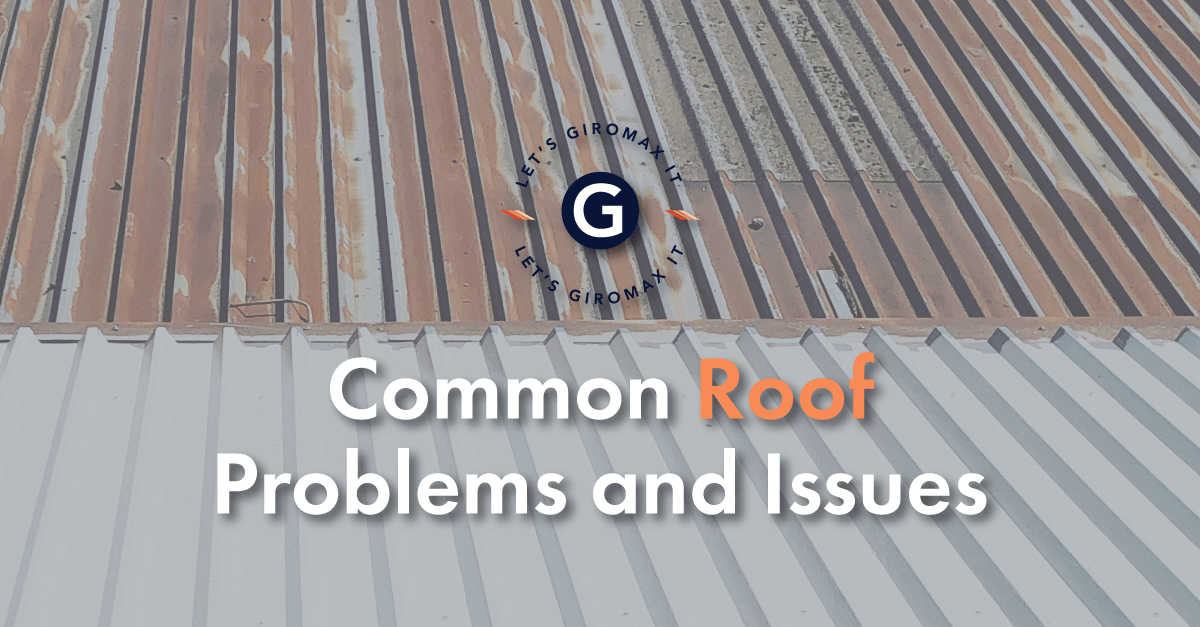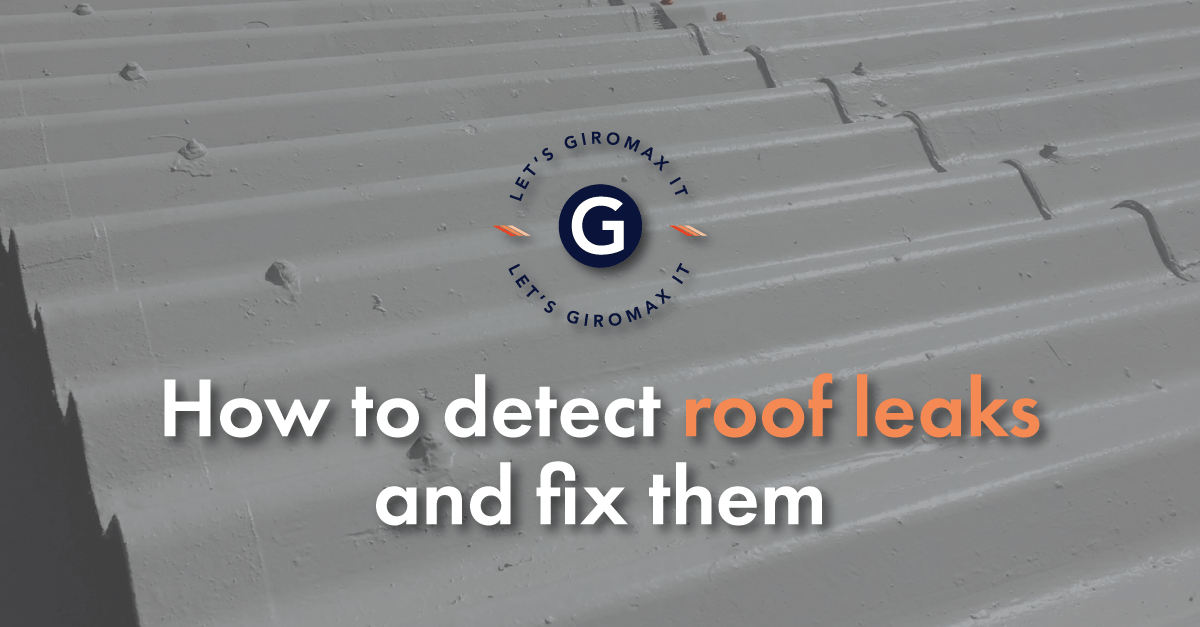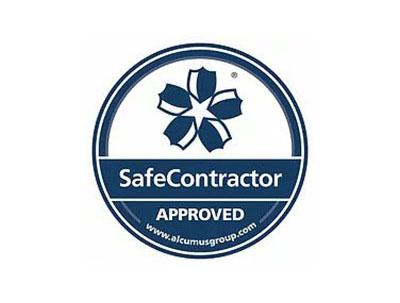Always Check Clauses in Commercial Leases
Few people would choose to spend their time trawling through the fine print of a contract. But there can be huge ramifications for tenants and landlords who don’t pay close attention to the details of their commercial leases. When it comes to dilapidations work, certain terms and conditions may cause issues at the end of the lease. Therefore, you may need to put all your powers of persuasion to good use as you encourage your clients to check every single clause in close detail.
Consider potential repairs from the outset
Right at the start of the lease, paying out for dilapidations may not be at the forefront of either party’s minds, so you’ll need to advise them of what’s at stake. Overlooked clauses could amount to some extremely costly claims once the lease comes to an end.
Most commercial leases require the tenant to maintain the premises in a good state of repair. The actual definition of what’s required needs to be laid out clearly, so that both parties are fully aware of their responsibilities. In some instances, you may decide to recommend a Schedule of Condition be attached to the lease, which could limit the tenant’s obligation for certain repairs.
At the end of the lease term, as a dilapidations specialist, the landlord may have opted to send you in to conduct a thorough inspection of the property. Any resulting Schedule of Dilapidations will detail every single breach of the repair covenants, leaving the tenant with the option to action the necessary repairs, or to reimburse the landlord for them. So, what happens if your client is the tenant?
Tenant defences against paying for dilapidations
If your client is a tenant looking to avoid paying for dilapidations, you could guide them in a couple of useful directions. For example, the tenant may decide to make use of section 18 of the Landlord and Tenant Act of 1927 by electing to repay dilapidations only up to the amount that the property is devalued by the need for repairs. This amount could be considerably less than the actual dilapidations schedule might suggest.
Tenants may also avoid paying for dilapidations when the landlord intends to demolish or alter the premises following the expiry of the lease. Some form of proof will be required, such as the granting of planning permission, or approval of building regulations for change of use. Simply believing the intention is there is not sufficient to challenge a demand for dilapidations to be paid.
Whether you’re acting on behalf of a tenant or a landlord, remind your client to undertake rigorous checks of every part of the premises. Roof systems are often out of sight and out of mind but may result in costly and time-consuming repair work.
When advising your clients with regards to dilapidations, always remind your clients to carefully check any clauses in the lease to avoid any legal issues arising.
If your clients need advice on maintaining an industrial roofing system, please ask them to contact our Giromax team. Call 01455 558969 today or make an enquiry.
Get updates from us
Sign up to our newsletter to receive all the latest news and insights from Giromax Technology.
Subscribe to NewsletterRelated articles
5 Common Roof Problems and Issues
Resolve common roof problems, from rust and corrosion, leaks and water damage, UV damage and thermal expansion to biological growth.
Pitched Roof Maintenance: Tips for Prolonging Roof Life
Regular pitched roof maintenance cuts repair costs. We share key maintenance tasks, seasonal inspection tips and preventative treatments.
How to detect roof leaks and fix them
Knowing how to detect, fix and prevent roof leaks prevents costly repairs. We share advice on how to inspect the...









